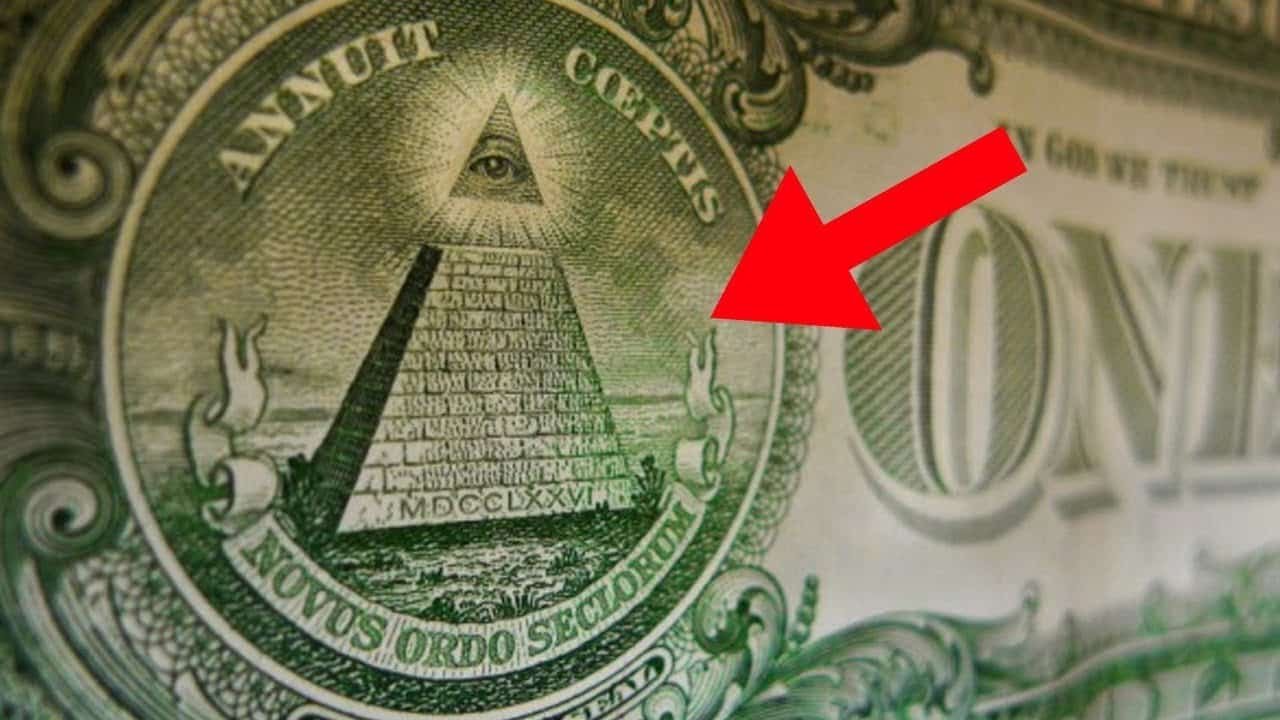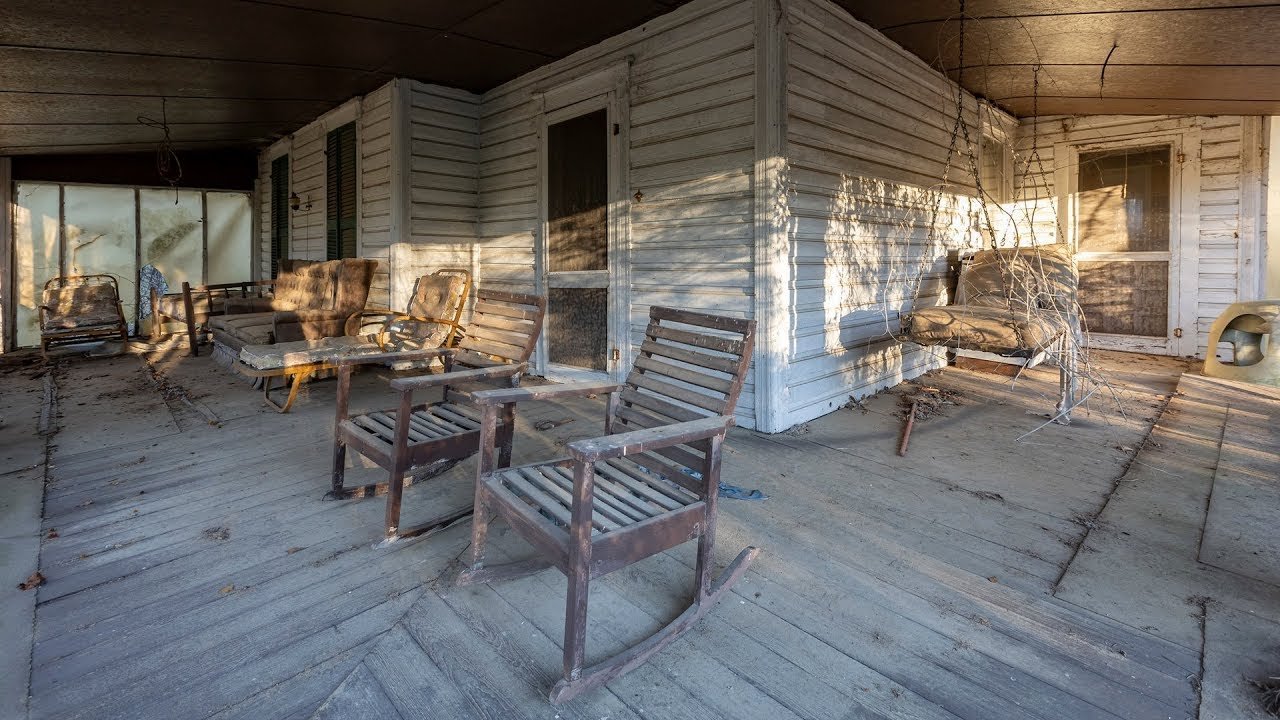Error code 526 can throw a wrench in your website’s smooth operation. It happens when there’s a hiccup with the SSL handshake between Cloudflare and your origin server, often due to an invalid SSL certificate. Tackling this error is crucial for keeping those online connections secure for every visitor that stops by your digital front porch.

Key Takeaways:
- Understanding Error Code 526: This error is all about SSL handshake issues and needing a valid certificate.
- Common Causes: SSL certificate errors and misconfigurations can lead to this pesky code.
- Fixing the Problem: Checking your SSL settings and securing a valid certificate should set you back on track.
Understanding Error Code 526
So, let’s dive in. I always found it helpful to start with the basics. Error code 526 isn’t just some random series of digits; it symbolizes a failed SSL handshake between Cloudflare and your origin server. It’s like trying to shake hands with someone, but they keep pulling their arm back. Frustrating, right? This means that for some reason, Cloudflare couldn’t verify the security of your connection. And you bet that’ll throw a damp towel over your website’s trust factor!

Common Causes of Error Code 526
Now, let’s chat about what generally leads to this little headache. The leading cause often boils down to an invalid SSL certificate. You might have an expired certificate, or maybe it wasn’t set up right in the first place. It’s like trying to drive a car with no gas; you’ll get nowhere. Misconfigured settings can also mess up the encryption process that SSL employs, leaving your site open to the winds of the internet without a valid “seal of approval.”

How SSL Handshake Works
If you’re scratching your head, wondering, “What’s an SSL handshake, anyway?” Picture a secret handshake between two friends who want to keep their conversation private. It’s a conversation where both sides verify they’re who they say they are, exchanging keys to lock in that trust and encryption. When everything runs smoothly, your visitors are safe and sound. But when you hit a snag like error 526, one of those parties just isn’t playing nice, and that trust crumbles faster than a cookie in a toddler’s hand.
Checking Your SSL Certificate
Alright! Time to take a close peek at your SSL certificate. Sometimes that thing can be so sneaky! Check its validity using online tools. Remember, it’s got an expiration date, and ignoring that is like forgetting your best friend’s birthday—you’re bound to be in hot water! You can also review your HTTPS settings in your Cloudflare dashboard and ensure they’re set to ‘Full’ or ‘Full (Strict).’ Keeping things straight here is key!

Steps to Fix Error Code 526
Here’s where we roll up our sleeves. Fixing this error may feel like navigating a maze, but it’s totally doable. Start by renewing your SSL certificate if it’s expired. Sometimes, the simple act of hitting ‘refresh’ can work wonders! Next, review your server settings to double-check your SSL configuration. You might even have to reinstall the certificate entirely. I know, what a hassle, but think of it like rearranging furniture—it can be annoying at times, but you end up with a better layout in the end!

Using Cloudflare’s SSL Settings
Now that we’ve gotten our hands dirty, let’s chat about Cloudflare’s SSL settings. It’s essential that your settings mirror your SSL certificate’s state. Make sure you’ve selected the correct level of SSL support in the Cloudflare dashboard. Setting it to ‘Flexible’ when you’ve got a rooted certificate can be like throwing a beach ball into a basketball game—totally off! Always align these settings for the best possible outcome.
Testing Your Website After Fixes
Once you’ve sorted everything out and fixed your SSL puzzle, it’s wise to give your site a spin. Use tools like browser inspect or SSL checking sites to ensure that everything’s hunky-dory now. When you click that refresh button, keep your fingers crossed and hope for success. Nothing beats the thrill of seeing that green padlock next to your URL. Victory!
When to Contact Your Hosting Provider
Still staring down error 526 like a stubborn fly on the wall? It might be time to reach out to your hosting provider. I mean, they’re the pros who can sniff out issues you might miss. Think of them as your go-to buddy for those ‘Oh no!’ moments. They can help untangle the mess faster than you can say, “Where’s my coffee?”
Conclusion
In the end, navigating the wild world of SSL certificates and error codes can feel like threading a needle in a dark room. But fear not! Understanding error code 526 gives you a solid grasp of the SSL handshake process and empowers you to troubleshoot like a seasoned mechanic. So remember, check your SSL certificate, align your Cloudflare settings, and don’t hesitate to seek help if the going gets tough. A secure connection means your web visitors can cruise through your site without a hitch, making everything worthwhile. And hey, if we can fix it together, we’ll only laugh about it over a coffee later!






















